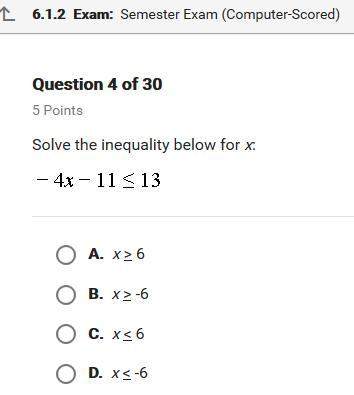
Mathematics, 28.02.2020 05:20 victoria8281
A 2001 study by two researchers investigated an anti-poverty initiative in Venezuela called POVERTA. POVERTA gave money to poor families, but required as a condition for payment that the families participate in a range of programs to improve their health and education. The amount of money POVERTA gave to participating families was substantial, increasing participating families' income by a factor of roughly 1/3 on average. POVERTA eventually covered families in around 50,000 Venezuelan communities, but the program's managers initially evaluated it using a smaller group of 505 communities selected to have similar poverty levels. Out of those 505 communities, the managers randomly chose 320 to receive POVERTA benefits in the first two years of the program (1998 to 2000). Families in the remaining 185 communities (out of the 505 selected) received no benefits in the first two years. The researchers focused on the impacts of POVERTA on health. They measured various health-related outcomes for the 505 communities and found that children in the 320 communities that received POVERTA benefits had substantially lower average rates of illness than children in the other 185 communities when the two-year period ended. 1. Was this an observational study or a randomized controlled experiment? 2. Did this analysis have a treatment group and a control group? If so, describe the two groups 3. Does the study provide evidence that being in a community receiving POVERTA benefits is associated with a lower rate of childhood illness? 4. Does the study provide evidence that being in a community receiving POVERTA benefits causes a lower rate of childhood illness? 5. Most families eligible for POVERTA participated in the required health programs, but around 3% did not. (Those families were unwilling or unable to participate. This study did not investigate the reasons for non-participation.) Suppose we limit our study to the 320 eligible communities, and within those communities we compare the health outcomes of the families that participated (and received POVERTA money) with those that did not (and therefore received no POVERTA money). Would that analysis constitute an observational study, a randomized controlled experiment, or neither?

Answers: 1


Another question on Mathematics


Mathematics, 21.06.2019 16:30
Identify the converse of the following conditional: if a point is in the first quadrant, then its coordinates are positive. if the coordinates of a point are not positive, then the point is not in the first quadrant. if the coordinates of a point are positive, then the point is in the first quadrant. if a point is in the first quadrant, then its coordinates are positive. if a point is not in the first quadrant, then the coordinates of the point are not positive.
Answers: 2

Mathematics, 21.06.2019 16:30
Jackie purchased 3 bottles of water and 2 cups of coffee for a family for $7.35. brian bought 4 bottles of water and 1 cup of coffee for his family for $7.15. how much does each bottle of water cost? how much does each cup of coffee cost? i need this done
Answers: 3

Mathematics, 21.06.2019 17:40
How can the correlation in the scatter plot graph below best be described? positive correlation negative correlation both positive and negative no correlation
Answers: 1
You know the right answer?
A 2001 study by two researchers investigated an anti-poverty initiative in Venezuela called POVERTA....
Questions






Computers and Technology, 18.12.2019 02:31


History, 18.12.2019 02:31















